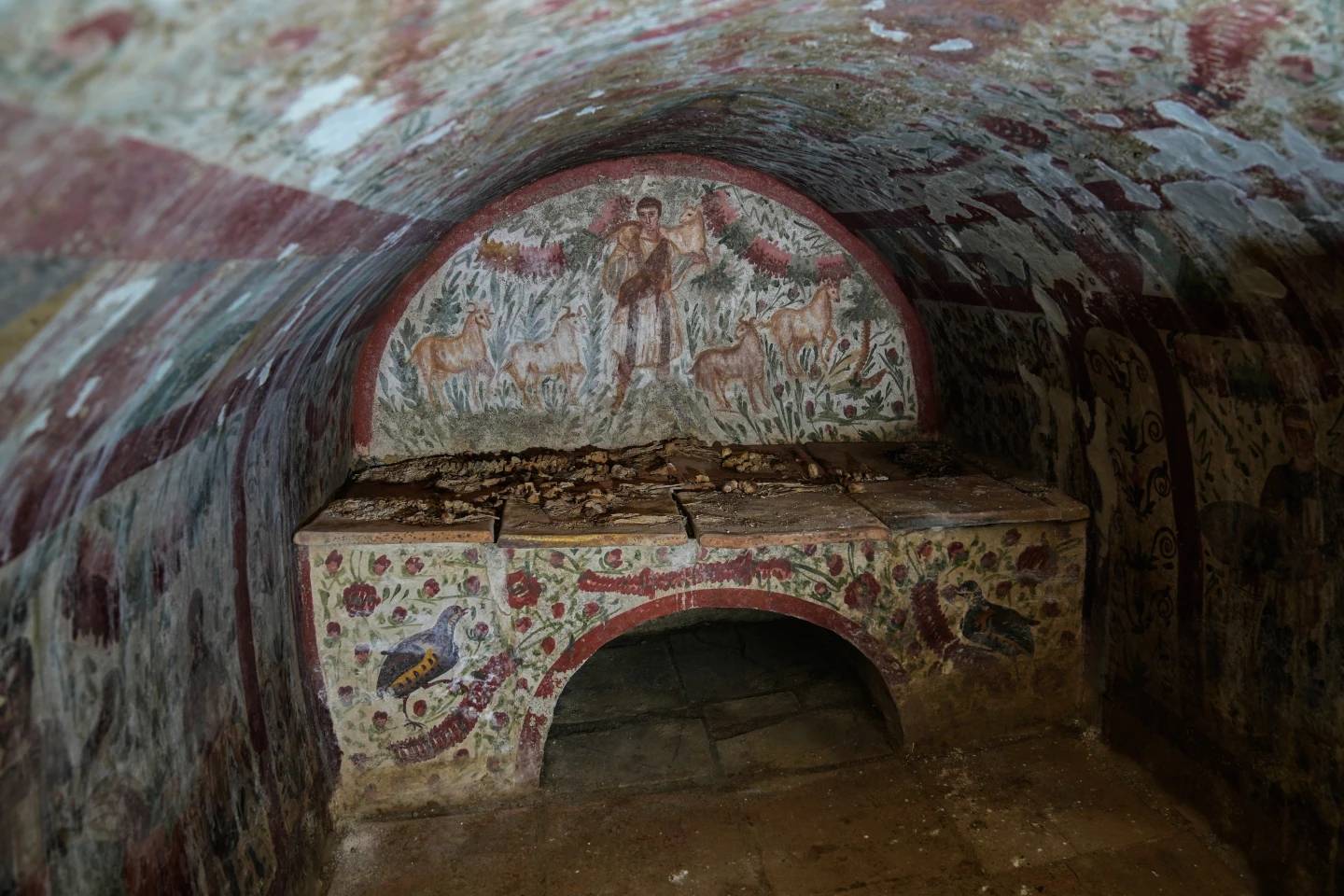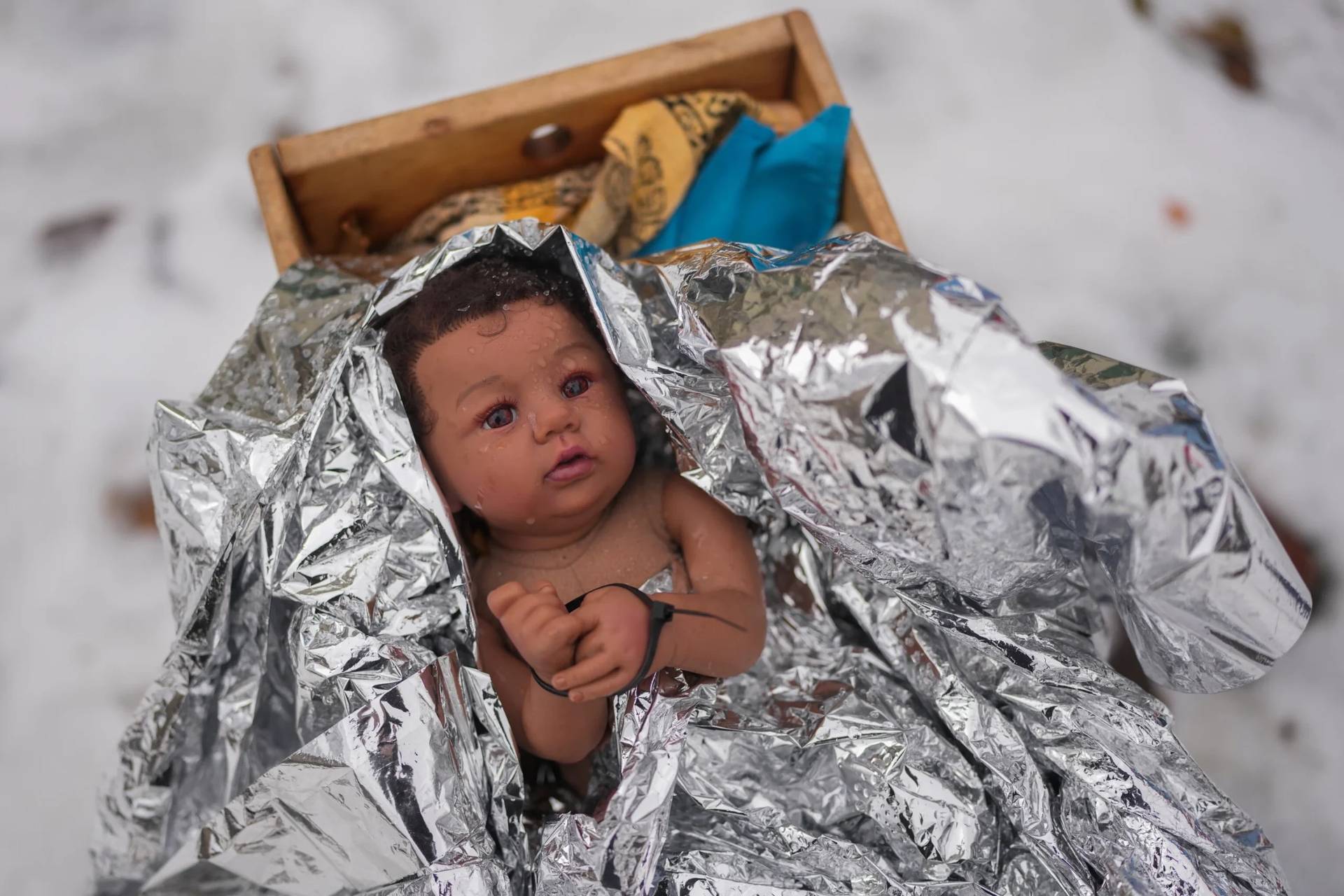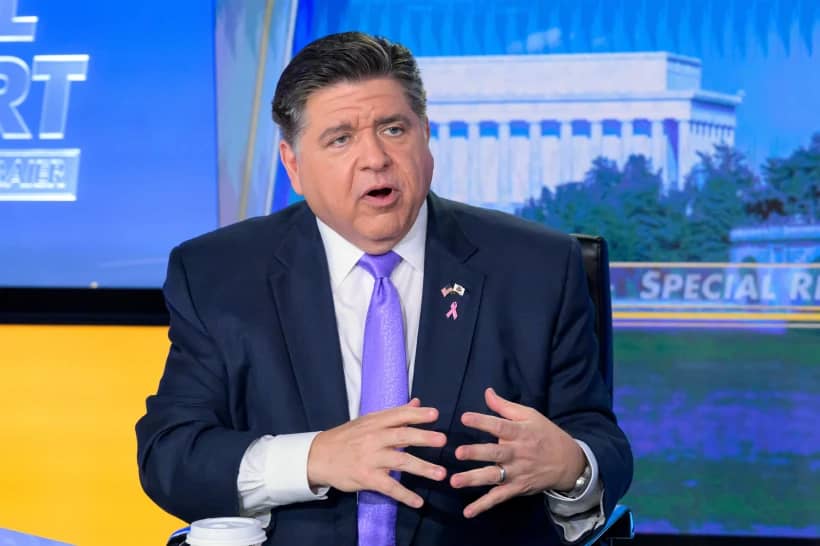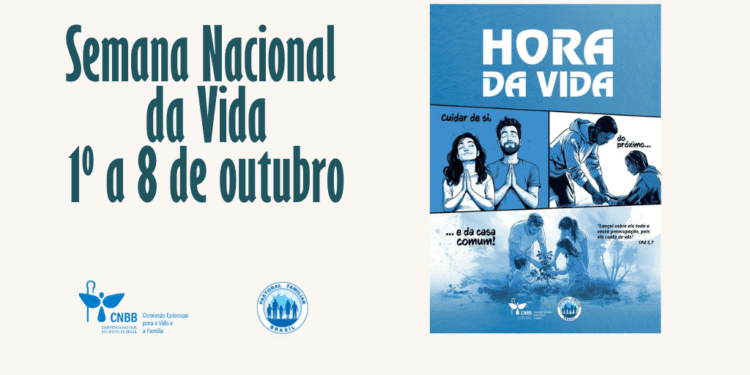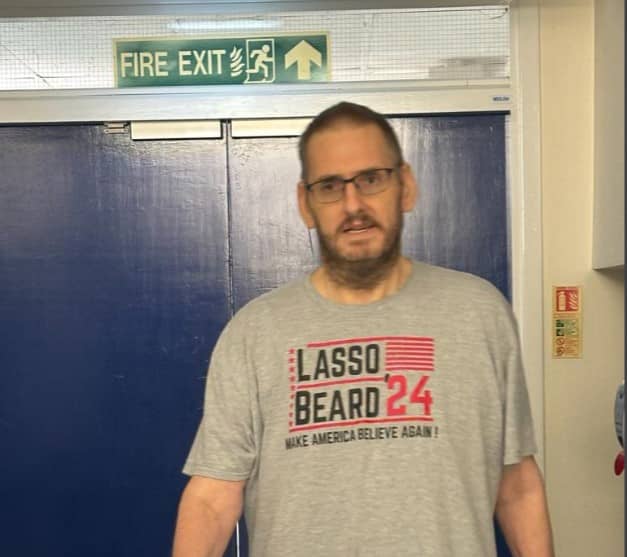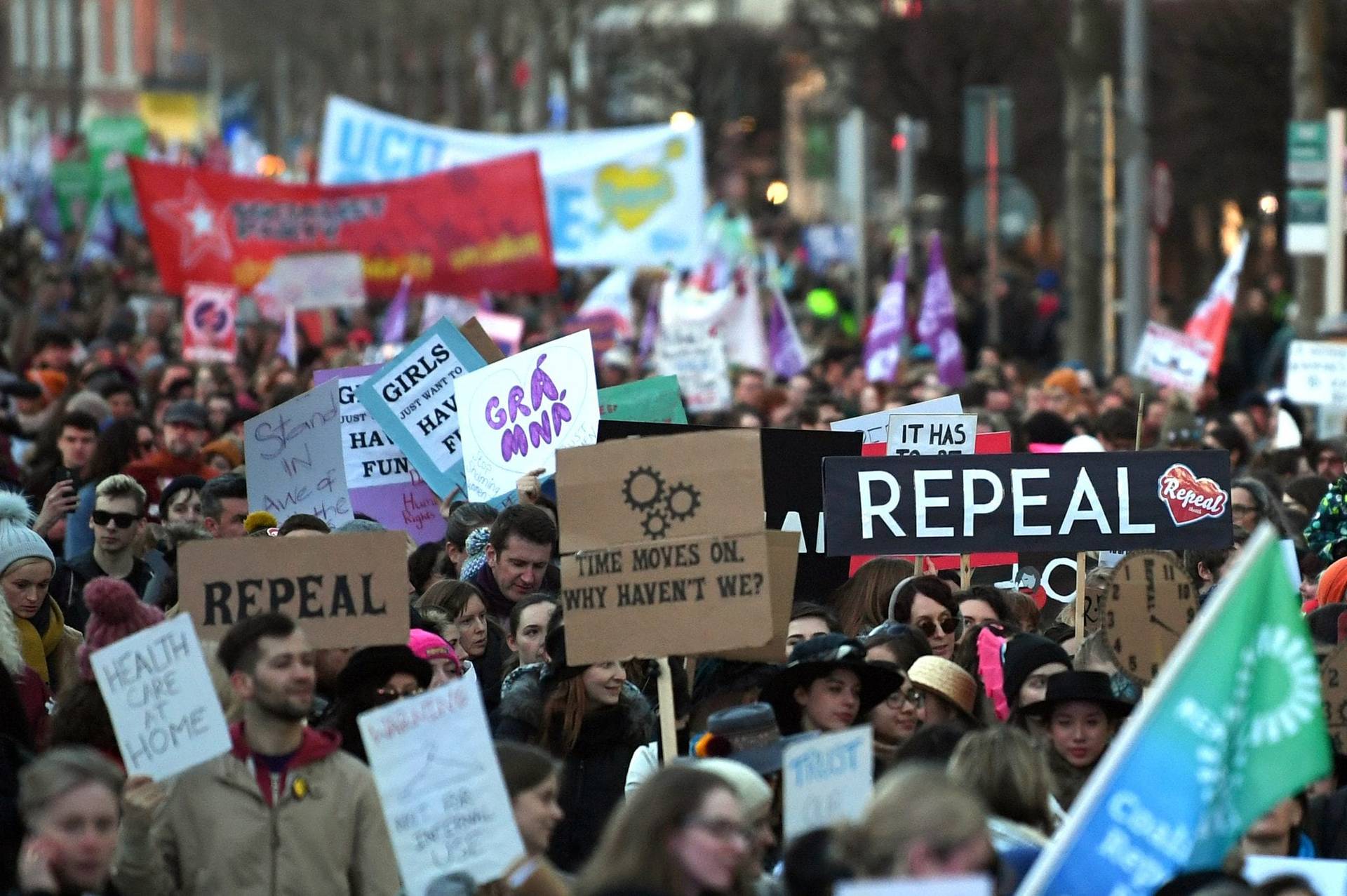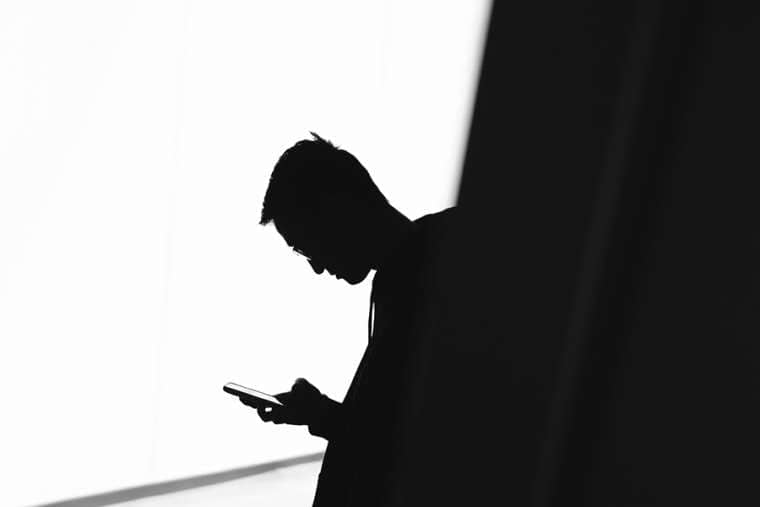This excerpt is the introduction to a new book by Crux associate editor John L. Allen Jr., “The Francis Miracle: Inside the Transformation of the Pope and the Church,” published this week by Time.
* * * * *
It was the kind of Vatican meeting that normally shuffles along for two weeks without making headlines, but in October 2014 a tumultuous synod of bishops captured both the excitement and the alarm that Pope Francis is generating in the Catholic Church. Roughly 260 bishops, clergy and laity from around the world gathered in Rome to debate issues that have embodied the Church’s identity for generations: family life, marriage and sexual morality. There have been 26 such synods since the first in 1967, and they’ve generally been tame affairs. This time, however, the gathering was filled with intrigue and controversy.
Two sides squared off: traditionalists, unnerved by the new pope, and progressives, hoping to spur Francis on to even greater change. On the right, prelates complained of a plot to suppress their voices and led an internal revolt — one disgruntled cardinal even told the media that the pope was sowing the seeds of confusion and owed the world an apology. Inside the synod hall, another rose to accuse a cardinal advocating a permissive line on divorce of spreading “sickness and disease.” On the left, reformers groused about a lack of nerve, and many saw the final document of the synod as a disappointing concession on issues such as a new welcome for homosexuals, recognizing positive values in non-traditional relationships and the possibility of allowing Catholics who divorce and remarry outside the Church to receive communion. Yet both sides could agree on at least one thing: Francis had let loose a battle for the soul of Roman Catholicism.
Given the upheaval and acrimony that surfaced over the two weeks, it was tempting to frame the 2014 synod of bishops as a defeat for the pope, proof that he can’t control the forces he’s generated — in effect, that his leadership has put the Church in danger of spinning out of control. There were even hints that Francis might rethink his plans to call a second, larger synod in October 2015, on the grounds he was lucky this one didn’t fall apart completely and he might not want to tempt fate again.
Then, at the close of the meeting, Francis broke his silence, giving a 15-minute talk that seemed to capture the spirit of the Church he wants to lead. He noted that at the beginning of the event he had called on bishops to speak boldly and hold nothing back and said he would have been disappointed if there hadn’t been “animated discussion.”
In the most critical portion of his speech, Francis ticked off several temptations that the Church must avoid if it’s to resolve its challenges successfully. It must not succumb to a “hostile rigidity,” a fussy legalism devoid of compassion and subtlety. At the same time, it must also reject what he called a “destructive do-goodism” and a “false mercy,” a touchy-feely morality incapable of calling sin by its name. The Church must not impose “impossible burdens” on people, he said, but it also must not “come down off the cross” by abandoning its core principles in order to win approval. Francis recognized that both sides that emerged at the synod — reformers pushing the Church toward its future and conservatives determined not to jettison its past — had a point, and that each perspective wouldn’t be fully Catholic without the other. He drew a five-minute standing ovation, including prelates who not long before had been virtually at one another’s throats.
Francis effectively laid out the program of a moderate pontiff, fully committed to the more than 2,000 year old faith of the Catholic Church and equally committed to cajoling the Church into a deeper and more positive dialogue with the world around it. He wants people’s first impression of Catholicism to be one not of judgment but rather of welcome; he trusts that whatever verdicts the Church delivers will be better received if they come in the context of a loving embrace. To achieve that, he knows he needs to bring all ideological camps along with him.
For clarity’s sake, the labels “right wing” and “left wing” are an inexact fit for the Catholic Church, especially where the hierarchy is concerned. By secular standards, there are no liberal bishops — who would favor abortion rights, gay marriage and playing down the role of religion in public life. In the Church, a liberal bishop usually means someone committed to Church teaching but flexible and accommodating in the way it’s applied, while a conservative believes in drawing lines in the sand. The difference is more about attitude than substance. In that sense, there are clearly both liberals and conservatives in the Church Francis leads, and he wants to be the pope for both.
Ultimately, the 2014 synod of bishops signaled Pope Francis’s ambition to lead the Catholic Church to the political center, to the geographical and cultural margins of the world and to the heart of the Christian gospel with his message of mercy.
Those familiar with Jorge Mario Bergoglio as the cardinal of Buenos Aires in Argentina before March 2013 will tell you his election to the papacy was destiny fulfilled. Bergoglio had been the runner-up in the 2005 papal conclave that elected Benedict XVI and, given the anti-establishment mood after Benedict’s resignation, the choice of a Latin American outsider with a reputation as a strong manager seemed plausible. Bergoglio’s age at the time, 76, put him on most handicappers’ B-list, but since Benedict had been elected at 78, even that wasn’t seen as disqualifying.
What utterly astonished even his closest friends, however, is the kind of pope he’s turned out to be. This is a pontiff who has been splashed across more magazine covers than Scarlett Johansson, who has been googled almost as often as Justin Bieber and who beat out the likes of George Clooney when he was named Esquire’s Best Dressed Man of 2013. He has poll numbers that politicians and celebrities would drool over and more than 16.8 million followers on Twitter. His instantly famous line about gays — “Who am I to judge?” — was among the most-quoted phrases of 2013, earning him “person of the year” honors from not only TIME magazine but also the pro-gay magazine The Advocate, which showed the pope’s smiling face with a “NO H8” sticker. After it emerged that Francis had briefly worked as a bouncer at an Argentine bar as a young man, NBC’s Today show breathlessly proclaimed him “the coolest pope ever.”
In Argentina, though, both as a Jesuit official and later as a bishop, Bergoglio generally dreaded the spotlight. On the rare occasions he did appear in high-profile situations, he had low-wattage appeal. He was described as “humble” and “shy” by those who liked him and “boring” and “gray” by those who didn’t, and neither side would have labeled him charismatic. Pictures of Bergoglio taken prior to his election to the papacy rarely show him smiling. Since becoming Pope, however, Bergoglio has been transformed into a beaming public figure. When the pope’s only surviving sibling, 64-year-old Maria Elena Bergoglio, was asked in April 2013 what she made of the change, she jokingly said, “I don’t recognize this guy!”
A veteran Latin American cardinal who has known Bergoglio for decades made an appointment to see his old friend over Christmas 2013 in Casa Santa Marta, the hotel on Vatican grounds where the pope has chosen to reside. (He lives in room 201, a slightly larger suite than the one he stayed in during the conclave at which he was elected, giving him enough space to receive guests.) The cardinal, who didn’t wish to be named, said he looked at Francis and, referring to the exuberance and spontaneity that are now hallmarks of his public image, said to him point-blank, “You are not the same man I knew in Buenos Aires. What’s happened to you?”
According to the cardinal, Francis answered, “On the night of my election, I had an experience of the closeness of God that gave me a great sense of interior freedom and peace, and that sense has never left me.”
Perhaps the impression that there’s something indefinably novel about Pope Francis, something that can’t be understood entirely in terms of human logic, accounts for the paradox that it’s far easier to document the popularity Francis enjoys than to explain it. Is Francis a left-wing revolutionary, or is he basically a company man adept at rebranding the same religious product? Is he a real-deal reformer, destined to turn the Catholic Church on its ear, or is he more about PR than substantive change? Is he a wide-eyed country pastor plunked down into the corridors of power who has had a good run of luck, or is he a savvy politician who knows exactly what he’s doing? Even his closest friends and allies sometimes find themselves asking this. Amid the chaos of the October 2014 synod, Cardinal Reinhard Marx of Munich, one of the leaders of the reform movement and a member of the pope’s council of nine cardinal advisers, said, “I want to believe the pope has a plan . . . but if he does, he’s not sharing it with me!”
The core argument of this book is that Francis is a man on a mission. He wants to be a change agent, a historic reformer who reorients the Catholic Church decisively across multiple fronts.
There are three main thrusts to his reforming zeal. First, Francis aims to steer Catholicism back to the political and ecclesiastical center, following a period in which it appeared to drift ever more steadily to the right during the twilight of the papacy of John Paul II and the eight years of Benedict XVI. Hard-line bishops who prospered during that stretch, such as American Cardinal Raymond Burke, have had their wings clipped. In their place, Francis has picked men like the new cardinal of Cologne in Germany, 58-year-old Rainer Maria Woelki, who won praise during his years in Berlin for opening lines of communication in the city’s diverse cultural milieu, even receiving a Respect Award from the German Alliance Against Homophobia. This new breed of senior prelates also includes Archbishop Blase Cupich in Chicago, who once dismayed aggressive pro-life forces when he discouraged priests and seminarians from praying in front of Planned Parenthood clinics as part of an anti-abortion protest, seeing the gesture as unnecessarily provocative.
Despite his attempts at change, Francis is no doctrinal radical. To date, he has not changed a single word of the Catechism of the Catholic Church, the official compendium of Church teaching. Every time he’s been asked for his personal views on contentious matters such as abortion and homosexuality, he has replied that they’re the views of the Church because he is a “son of the Church.” Yet in Catholicism, the official teaching is often less important than how it’s applied in real-world circumstances, and that’s the level at which the true “Francis effect” is being felt.
Second, Francis wants Catholics to “get out of the sacristy and into the streets.” Since becoming pope, Francis has repeatedly astonished people with the various ways in which he breaks through the bubble that ordinarily surrounds a pope. He’s sat down for chats with atheists and believers alike, called ordinary people on the phone out of the blue, even invited three homeless men and their dog to join his household staff for his birthday breakfast. (The dog, by the way, was named Marley, for the reggae icon Bob Marley.) These are gestures that reflect the pope’s personality, but they’re also consciously crafted symbols of the Church he wants to lead. It’s a Church that doesn’t sit around waiting for people to walk through the door but goes out to meet them where they live.
As Francis understands it, part of this is personal — that is, seeing the person in front of you and reaching out to him. Thus, when he stops the popemobile in St. Peter’s Square to embrace a man horribly disfigured by boils or when he invites an Italian teenager with Down syndrome to hop up for a ride, Francis is being a missionary. The other dimension of this outreach is social, and in this sense Francis is a determined apostle of what Christians call the “social gospel”: a Catholic who focuses on defending the poor, opposing war, concern for the environment and protecting people at the margins of life, such as immigrants, the elderly and minorities. His emblematic expression of this social commitment came just three days after his election when he said he dreams of a “poor Church for the poor.”
Third, Francis is a reforming pope elected on a platform of good governance. He’s determined to break the grip of an old guard in the Vatican, which over the years has become dysfunctional and sometimes brazenly corrupt. The choice of a total Vatican outsider as pope was fueled by frustrations among cardinals from around the world over a series of governance meltdowns during the Benedict years, including the bungled response to the sexual abuse crisis in Europe and the “Vatican leaks” affair, which reached its denouement with the arrest of Benedict’s own butler as the mole. Francis is delivering on that mandate, beginning with the most sweeping overhaul of the Vatican’s financial operations in centuries.
As part of that reform agenda, Francis has proposed a sweeping decentralization in Catholicism by transferring power from Rome to local churches around the world. He also wants to foster a new spirit of humility in the Church’s leadership class, so that when people see the symbols of authority in Catholicism — such as the Roman collar of a priest or the pectoral cross of a bishop — their automatic association is with service rather than with power and privilege. When, shortly after his election, Francis made a point of visiting a youth prison in Rome to wash the feet of 12 inmates on Holy Thursday — including two Muslims and two women, in a technical violation of Church rules — he was not just after a photo op. He was providing a visual illustration of what his reform looks like.
It remains to be seen if Francis will succeed in translating his vision into structures and personnel, or if he will end up as no more than a beguiling personality who leaves behind an essentially unchanged institution. It’s also not clear if his moderate, flexible approach to Catholic doctrine will produce the more dynamic and attractive community he has in mind, or whether its effect in the real world will be to seed greater division and acrimony within an already fractured Church, turning people away from Catholicism rather than beckoning them in.
Institutional religion has been in decline for a long time, especially in the West, and the Catholic Church in particular has seen its standing slip for a variety of reasons, not least the massive child sexual abuse scandals that have taken an enormous toll on its moral authority. Yet the truth is that the papacy matters, whether one is Catholic or not. Political scientist Joseph Nye reckons the Vatican as the world’s most important soft power — that is, a superpower not through military or economic might but by its ability to move hearts and minds. Catholicism claims a global following of 1.2 billion, and the papacy is by far the most visible office of religious leadership on the planet. Anyone who doubts the ability of a pope to influence events ought to consult with former Communist leaders across Eastern Europe, who suddenly found themselves out of work after 1989 because of the role the late John Paul II played in the collapse of the Soviet empire. To cite a less happy example, skeptics of the Vatican’s real-world importance might survey still-angry Serbs and European diplomats who blame the Vatican’s hasty recognition of independence of both Croatia and Slovenia for triggering the devastating Balkans war in 1992.
The question is not whether a pope — any pope — matters but rather how a given pope plans to wield the influence that comes with the office. On that score, a visit to a Roman parish by Pope Francis offered a vital clue. A pope is also the bishop of Rome, the shepherd of the city’s flock, and Francis takes that role seriously. In May 2013, he headed out to spend his Sunday morning at the Roman parish of Saints Elizabeth and Zechariah, located in the Prima Porta neighborhood on the city’s northern edge. It was a deliberate choice because, as Francis explained to the crowd, “sometimes you understand reality better from the edges than from the center.”
The pontiff was scheduled to arrive at 9:30 a.m., but the pastor, a balding, amiable Romanian immigrant named Fr. Benoni Ambarus, heard the rotor wash of the papal chopper almost a half hour before the appointed time. When the pontiff emerged from the helicopter, he pulled Ambarus aside and explained the reason for the early start.
“I know I’m supposed to meet the parish children and say mass,” the pope said. “But would it be OK if I also hear some confessions?”
Confession is the Catholic sacrament in which a believer confesses his or her sins confidentially to a priest and then receives God’s forgiveness. It’s an important part of the daily ministry carried out by priests all over the world, but it had never before been on the agenda when a pope visited a Roman parish. Neither Ambarus nor Vatican organizers had made any provision for it in the day’s schedule, but Ambarus nevertheless grabbed eight people at random and brusquely told them they’d be going to confession. (Ambarus later explained that some of those parishioners protested that they didn’t want to lose their spot in line to see the pope. “Trust me,” he told them, “you’re going to see him.”)
After the fact, an Argentine priest who worked for Bergoglio in Buenos Aires and who’s now one of his closest aides in the Vatican was asked why his boss decided to add confessions to his schedule, which has since become a staple of Francis’s parish visits. “It’s important to him,” the priest replied. “He wanted the world to see him making a point of celebrating the Church’s premier rite of mercy.”
Mercy is a traditional virtue, not just in Christianity but most human cultures. It has always been on the books in official Christian teaching and is understood to be the natural complement to judgment. As a minister of the Christian gospel, Francis understands that he has to pronounce both God’s judgment and God’s mercy on a fallen world, because one without the other would be a falsification. His calculation, however, appears to be that the world has heard the Church’s judgment with crystal clarity, so now it’s time to witness its mercy.
Francis’s commitment to mercy is found in his papal motto, translated loosely as “choosing through the eyes of mercy.” In his first Sunday homily as pope, delivered at the Vatican’s parish church of St. Anne, he said that “in my opinion, the strongest message of the Lord is mercy.”
In all the ways that matter, mercy is the spiritual bedrock of this papacy. It lies underneath Francis’s moderation and his insistence that laws are made for people, not the other way around. It’s the basis for his missionary drive, especially the conviction that people at the periphery should be special objects of the Church’s concern. Mercy is even the core of his reform campaign — the idea that good government is about making an institution serve its people.
It’s not empirically obvious that Pope Francis has created a more merciful Catholic Church, or that mercy has taken hold to any greater degree in the wider world because of his example. There’s legitimate ground for skepticism that mercy can serve as the basis of a complex multinational religious organization. The drama of the Francis era, however, is surely contained in the effort to make mercy the key — and whether Francis will prove tough enough to make that message stick.





